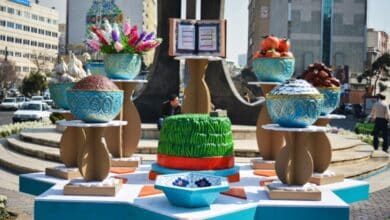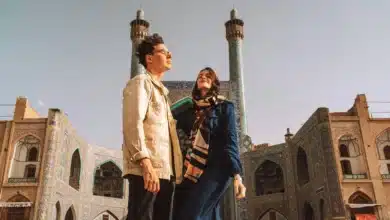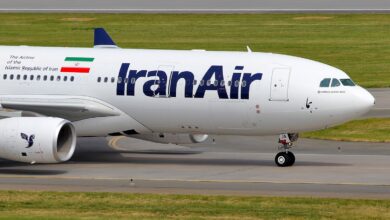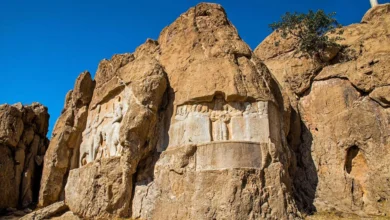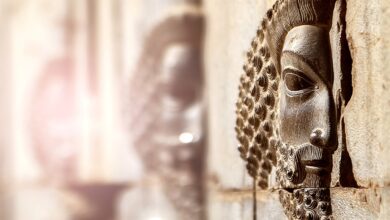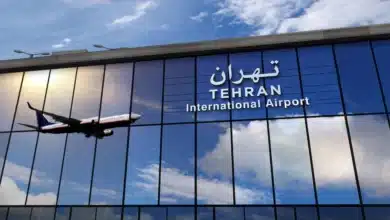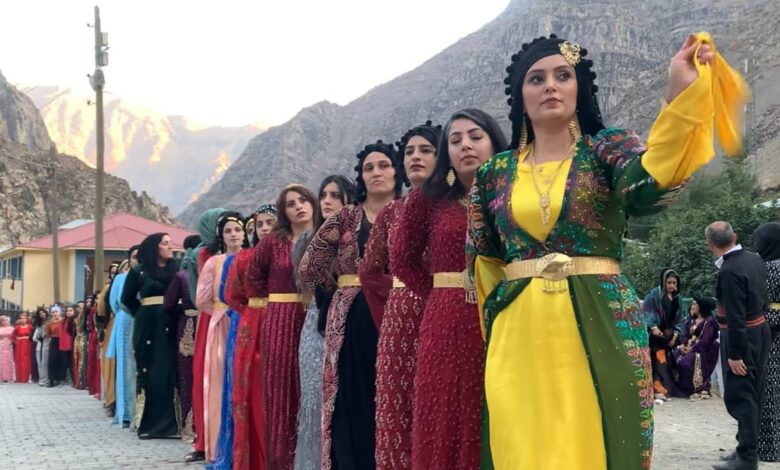
Contents
Types of Dances in Iran
Iranian dance exhibits a remarkable diversity and is categorized into historical, regional, and ritualistic styles. These dances are performed individually and in groups.
All three types of dances consist of a series of rhythmic movements that represent the culture and traditions of various Iranian ethnic groups or residents of a specific geographical region. In Iran, different ethnic groups such as Kurds, Lurs, Azerbaijanis, Turkmen, Armenians, etc. reside, each having their own rhythmic and structured dances, which I will mention below.

The formation of rhythms and dance styles can be influenced by factors such as geography, climate, music, way of life, and the history of the people in a particular region. For example, in tropical regions, dances are characterized by smooth, soft, and slow movements, while in colder regions, movements and rhythms are fast-paced and powerful.
It is interesting to note that dances in Iran are not limited to celebrations, but they are also incorporated into ceremonies such as mourning rituals or war, often accompanied by music, games, and performances.
Here are some examples of traditional and regional Iranian dances:
Impromptu Urban Dance
During the years 1930 to 1980 AD, new types of dances gained popularity in Tehran, which is now the capital of Iran. These dances included “Roohoozi,” “Motrebi,” “Baba Karam, “Tehrani,” and “Shateri,” which were performed individually and involved completely improvised movements.
These dance styles were also used in many Iranian films made during that time. Even today, some dancers perform Baba Karam dances at special occasions such as weddings. Interestingly, the type of costume worn by the dancers is usually chosen to match the era in which the dance originated.
Ritual Dance in Iran
As the name suggests, this type of dance involves movements that express inner or mystical states and is generally performed in groups. This dance is known as “Sama” in Iran. Interestingly, the movements are such that the person may enter a trance-like state and lose themselves, ultimately leading to a closer connection with the divine. In this dance, a specific movement accompanied by continuous chanting is repeated along with music. It is said that Sama dance originated during the time of the Iranian mystic, Mawlana Jalal ad-Din Rumi.
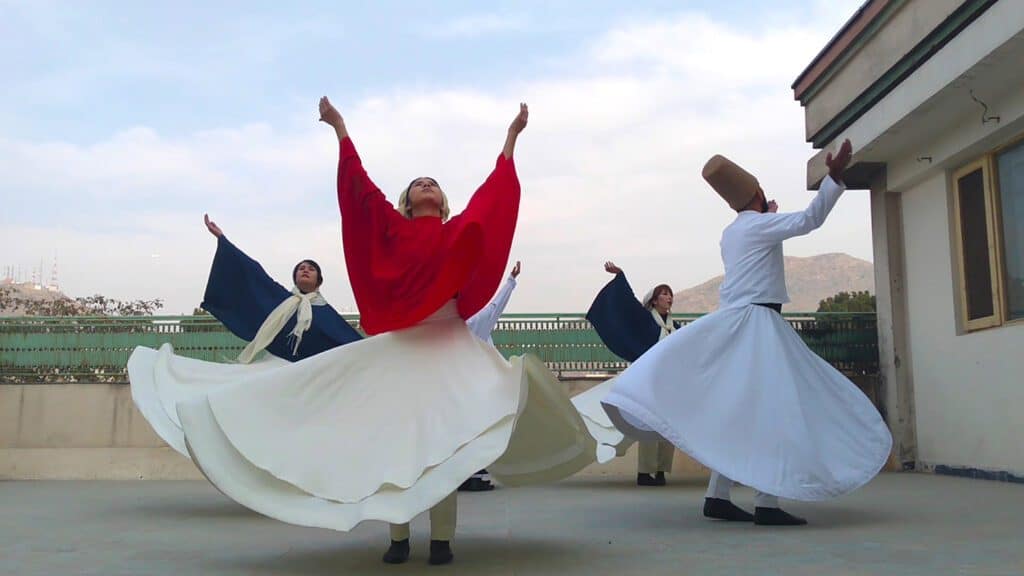
Local and Traditional Dances in Iran
Due to the rich Iranian culture, many different dances can be found in this country. These dances often come from the hearts of people from different regions of Iran and for this reason they are often known by the names of the same region, such as Azerbaijan dance, Kordi dance, Lori dance, Mazandarani dance, Khorasani dance, Sistani, Bandari dance, etc.
Here are some of the most important:
Gilani Dance
Gilani dance, performed by men, is accompanied by the sound of the Sorna (a large trumpet-like instrument)and Naghareh. In this type of dance, the dancer places their hands on their waist and moves their legs forward and backward, creating a rhythmic motion known as “Pa-bazi“.
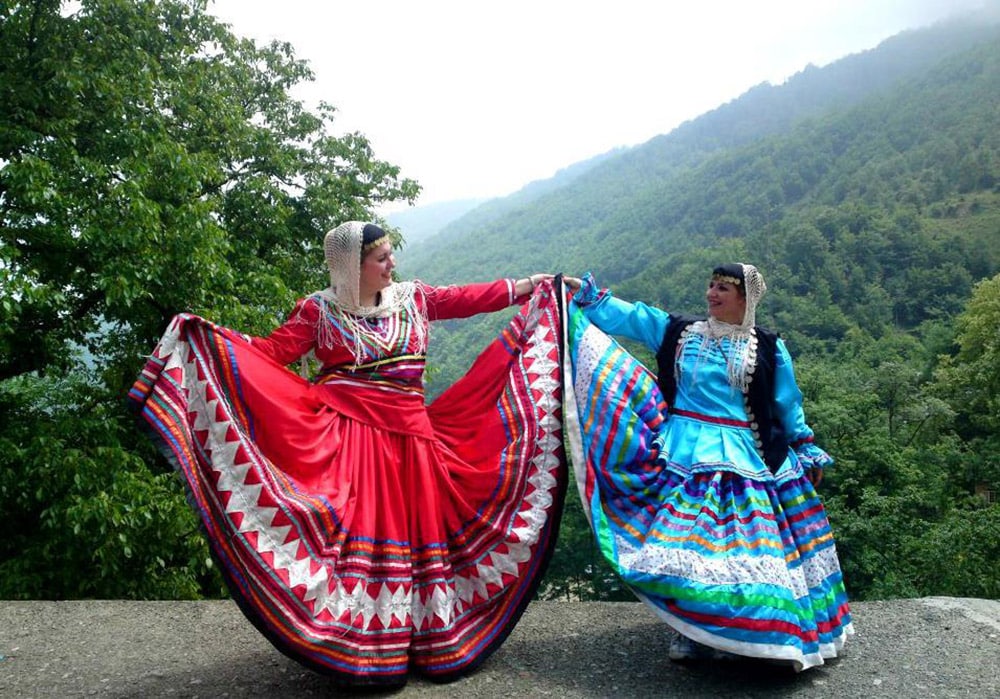
Women in this region perform two types of dances: “Qasemabadi” and “Cheragh” In Qasemabadi dance, women hold two cups or glasses in each hand, which is called “Das-sanj” The number of cup strikes determines the rhythm of the dance. In Cheragh dance, the dancer holds a lit oil lamp using their teeth and performs an individual dance.
Sistani Dance
The Sistani dance itself is divided into several types “Chapi, Shamshir (sword) and Choob (wood)”, performed on special occasions and has two types for women and men. The Chopi dance is performed by alternately tapping the feet on the ground and following a certain rhythm of a musical instrument called Dayere (circle-like). Sword and stick dances are also performed by men with local instruments and music.

In stick dance, people make circular movements by clapping short sticks in their hands and spinning. The women also use rhythmic movements of their hands filled with silver bracelets in their various dances.
Bandari Dance
This dance is popular with people in the southern coastal areas, especially the Persian Gulf region. Bandari dance resembles the spirit of the Southern people, with very strong and joyful movements with many shaking of the arms, shoulders and head.

Dance Performance by Lur People
In Lorestan, dances are often performed collectively and are called ‘Chopi’ or ‘Bazi’.
The leader of the group, called “Sarchoopi”, stands in front and moves her legs, head and body with one or two colored handkerchiefs in a certain structure, and the rest of the dancers hold each other’s hands and synchronize the rhythm and movements of the body, legs and hands with Sarchopi.

This dance is accompanied by local songs sung by a solo singer. Traditional musical instruments such as Sorna and Kamancheh are used in these dances.
Orienttrips Booking
Book Iran Hotel
Dance in Mazandaran
The Mazandarani dance is known as “Sema,” “Lak Sari Sama,” or “Chakeh Sema.” This type of dance is performed individually and in groups. Sema dance is mostly performed by women and is a fast-paced dance where the dancer must move their body with a wave-like trembling motion. In group dance, individuals do not have physical contact with each other and each person performs independently.
Dance in Kurdish Regions
Kurdish dance exhibits a variety of rhythms and body movements. However, they are all performed in groups and are similar in structure to Luri dances in terms of the arrangement of individuals next to each other. It is best for the dancers to be male and female together. Kurds also incorporate dance into various rituals such as celebrations, funerals, war, and hunting.

Dance in Azerbaijan
Azerbaijani dance is divided into several groups and each group takes turns performing its dance. Azerbaijani dance is very fast and complex, requiring the dancer’s agility and dexterity. This dance is accompanied by energetic music. It’s best to be a rhythmic dancer so he can coordinate his quick movements with the rhythm of the song.
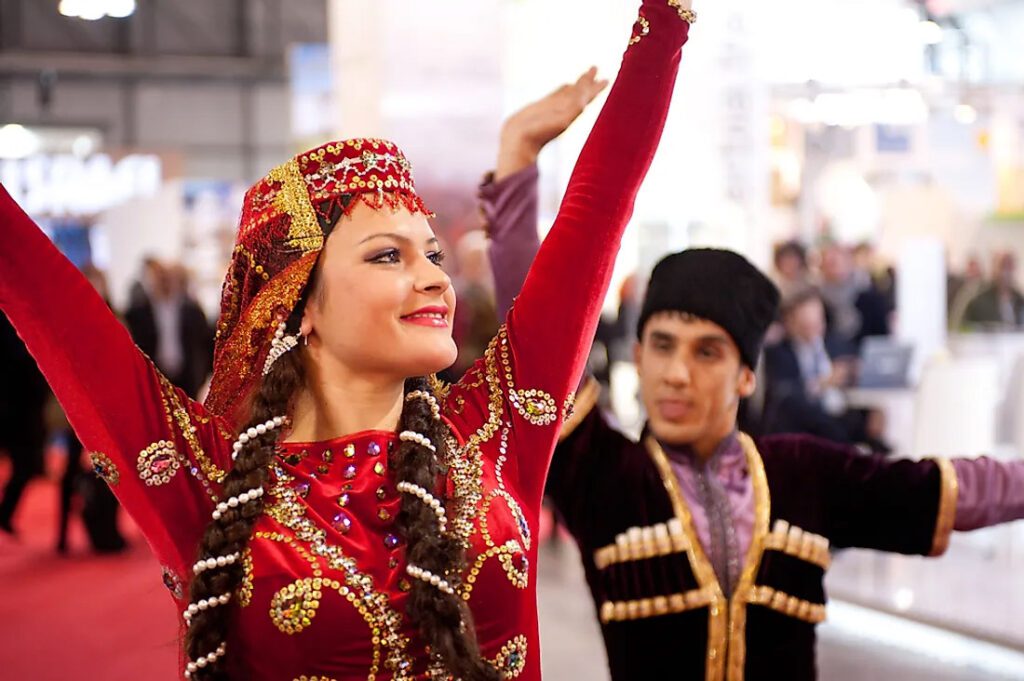
Dance in Khorasan
The famous Khorasan dance is a type of wooden dance performed in groups. It has a passionate and martial vibe. In this dance, the dancer’s skill, agility, flexibility and physical strength are very important. This dance is accompanied by the sounds of “Surna” (wind instrument), “Dohl” (drum) and “Dayereh” (tambur). The dancers hold two short and strong wooden sticks in their hands, take two steps forward and one step back with each beat, and shake the sticks. Then they suddenly and quickly formed a complete circle. Another person in front of them performs the same movements and hits the dancer’s stick with their stick. The dance starts slowly and gradually increases in speed.
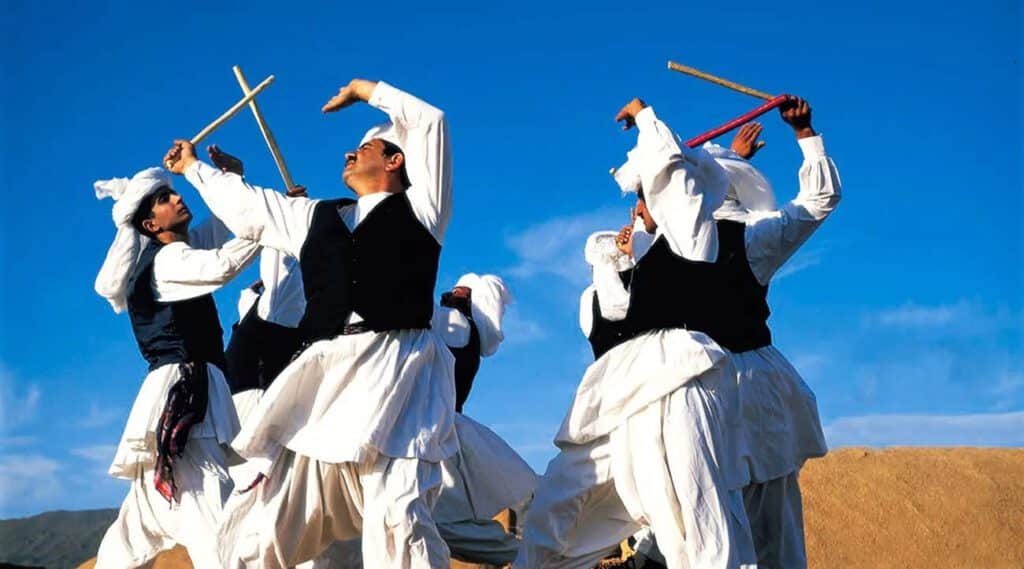
We hope we have provided you with useful information about Iranian dance forms.
To learn more about Iranian culture and customs as well as how to travel to Iran, you can read other articles on this site.

